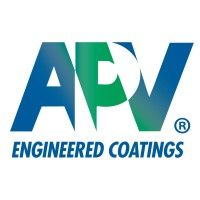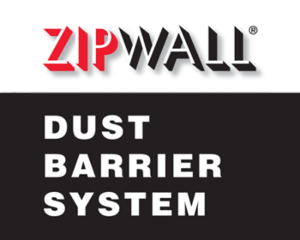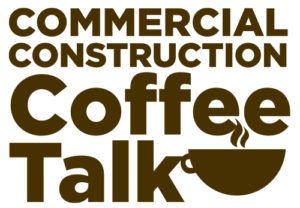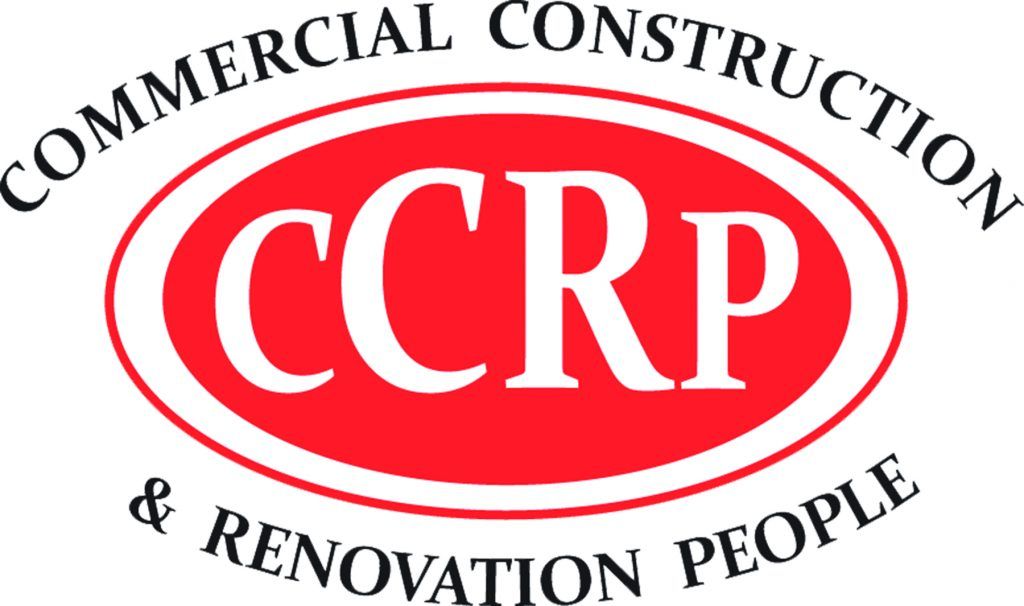Maintaining a safe and healthy environment in commercial buildings is key. I want to share my insights on mold removal and remediation. It’s vital to act quickly to avoid health risks for everyone.
This guide provides practical steps for safe mold removal. It ensures we follow regulations and best practices for prevention. Let’s work together to make our spaces cleaner for all.
Understanding Mold in Commercial Spaces
Mold is a fungus that grows in damp places. It’s a big worry for business owners because it can harm employees and customers. Knowing about mold is key to keeping everyone safe.
In commercial areas, mold can take many forms. Black mold is one type that’s very dangerous. It’s important to know what kind of mold you have to fix the problem fast.
What is Mold?
Mold is a tiny organism that breaks down organic stuff. It spreads through spores in the air and settles in wet spots. If you don’t spot mold in your business, it can cause big problems.
Some common molds in offices are Stachybotrys and Aspergillus. They can make the air inside unhealthy.
The Importance of Addressing Mold Issues
Fixing mold problems right away is vital. If you ignore it, your building could get damaged and cost a lot to fix. But the biggest reason is health.
Mold can cause breathing issues, allergies, and serious health problems. Keeping your space mold-free is good for your building and your people’s health.
By fighting mold in your business, you protect your investment and your team’s health.
Common Causes of Mold Growth in Commercial Buildings
Mold can be a big problem in commercial buildings. It often comes from different environmental factors. Knowing what causes mold is key to keeping a safe and healthy place for everyone.
High humidity and moisture are big contributors. Leaky roofs and plumbing issues also play a role.
Humidity and Moisture Issues
High humidity makes mold more likely to grow. Moist air supports mold growth. It’s important to keep indoor humidity below 60%.
Using a dehumidifier can help control humidity. This prevents health risks from mold. Look for signs of moisture, like:
- Condensation on windows
- Wet surfaces
- Excessive humidity from cooking or bathing
Fixing these issues can help stop mold growth.
Leaky Roofs and Pipes
Leaky roofs and pipes are also big problems. Water from these leaks can make mold grow. To fight this, consider:
- Regular checks of roofing for damage.
- Fixing plumbing leaks quickly.
- Keeping drainage systems working well.
Identifying Mold Infestations
It’s key to spot mold in commercial buildings to keep them healthy. Knowing the signs of mold and where it likes to grow helps avoid big problems and expensive fixes.
Signs of Mold Presence
Keep an eye out for mold signs, like:
- Visible growth on walls, ceilings, or floors
- A musty odor that won’t go away, even after cleaning
- Water stains or discoloration on surfaces
- More allergy problems for people inside
Acting fast on these signs can catch mold early. This cuts down on health risks and property damage.
Areas Prone to Mold Growth
I check for mold in high-risk spots, like:
- Basements, where moisture builds up
- Bathrooms, around sinks and tubs
- Kitchens, under sinks and behind appliances
- Windows and frames, where moisture can collect
- HVAC systems, which can hide mold if not kept up
| Signs of Mold | Common Areas with Mold Risk |
| Visible growth | Basements |
| Musty odor | Bathrooms |
| Water stains | Kitchens |
| Increased allergy symptoms | Window frames |
| Discoloration | HVAC systems |
How to Remove Mold from Commercial Buildings
Removing mold from commercial buildings needs careful preparation and safety steps. I start with detailed planning for an effective mold removal. Each step is important to ensure a complete cleanup and prevent future mold growth. Here are key preparation steps and effective mold cleaning techniques.
Preparation and Safety Precautions
Before starting, I take all necessary safety steps. This includes wearing protective gear to avoid mold spores. Important safety measures include:
- Wearing gloves and masks to protect my hands and lungs.
- Ensuring proper ventilation by opening windows and using fans to circulate air.
- Sealing off the contaminated area to prevent spores from spreading to other parts of the building.
Preparation helps create a safe environment for mold cleaning. It reduces health risks from mold exposure.
Effective Mold Removal Techniques
After safety precautions, I start the mold cleaning process. My top techniques are:
- Scrubbing surfaces with the right mold removal cleaners for the mold type.
- Using HEPA vacuums to catch remaining spores for a complete cleanup.
- Applying sealants to affected areas after cleaning to stop mold from coming back.
To show how effective these techniques are, here’s a table comparing mold removal methods:
| Technique | Effectiveness | Recommendation for Use |
| Scrubbing | High | Best for hard surfaces |
| HEPA Vacuum | Very High | Great for final cleanup |
| Sealants | High | Effective for prevention |
Choosing the Right Mold Removal Products
When dealing with mold in commercial spaces, picking the right products is key. Knowing the difference between commercial and household products is important. Professional cleaning agents for big areas work better than home products.
Commercial vs. Home Use Products
Commercial mold removers are made for big problems. They have stronger stuff that’s not safe for homes. Home products are safer but might not work as well on big mold problems.
| Type of Product | Effectiveness | Common Uses |
| Commercial Mold Removal Products | Highly effective for severe infestations | Large commercial buildings and facilities |
| Home Use Products | Moderately effective for small issues | Residential spaces, small areas, and quick touch-ups |
Eco-Friendly Options
Going for eco-friendly cleaners is good for the planet and keeps people safe. Many brands now make cleaners that are safe and don’t harm the environment. Choosing these options makes me feel I’m doing something good for the earth.
When to Call Professionals for Mold Removal
Knowing when to get help for mold can save you time, money, and stress. If you face a severe mold problem, professional help is often needed. Spotting the signs of big mold growth and the benefits of expert advice can help you make the right choice.
Signs of Severe Infestation
Big mold problems show up in many ways, making it key to spot them early. Look out for:
- Widespread growth on walls, ceilings, or floors.
- Strong, musty odors in the air, hinting at moisture issues.
- Visible damage to materials or furniture, showing structural problems.
- Health issues like allergies or breathing problems in people living there.
Expert Assessment and Remediation
Getting a pro to check your mold situation has many benefits, mainly when it’s severe. Experts use special tools and methods for removing mold, including:
- Air quality testing to see how bad the contamination is.
- Moisture monitoring to find hidden mold sources.
- Advanced remediation methods to remove mold fully and stop it from coming back.
By using expert services, you can make sure mold is handled right. This reduces the chance of it coming back. Knowing when to ask for help is key to keeping your space safe.
| Signs of Severe Infestation | Possible Consequences |
| Widespread Growth | Structural Damage |
| Musty Odors | Decreased Air Quality |
| Visible Damage | Expensive Repairs |
| Health Issues | Increased Medical Expenses |
Preventing Future Mold Growth
Keeping commercial buildings mold-free is essential. Regular maintenance and controlling humidity are key. These steps help prevent mold from growing.
Regular Maintenance and Inspections
Maintenance is vital for mold prevention. Regular checks can spot problems early. Here’s what I do to stop mold:
- Promptly fixing leaks in roofs, walls, and pipes.
- Checking high-risk spots like basements and bathrooms often.
- Cleaning gutters to avoid water damage.
Humidity Control and Air Flow Management
Keeping humidity levels right is important. I aim for 30% to 50% humidity indoors. Here’s how I manage it:
- Using dehumidifiers in moist areas.
- Keeping air flowing with good ventilation.
- Changing air filters regularly for clean air.
Understanding Mold Regulations and Compliance
Business owners need to know the laws about mold. These laws keep commercial places safe for everyone. Following OSHA rules and local health codes keeps workplaces safe and avoids fines.
OSHA Guidelines for Commercial Properties
OSHA has rules for mold in work places. These rules tell employers how to keep mold away. If mold is bad, it can hurt people’s health.
Knowing OSHA rules means checking for mold often and fixing it fast.
Local Health Codes and Regulations
Local health codes also have mold rules. These rules change by place but all aim to keep people safe. Following these rules helps avoid fines and keeps workers safe.
| Aspect | OSHA Guidelines | Local Health Codes |
| Focus | Employee safety from mold exposure | Public health and safety concerning mold |
| Actions Required | Regular inspections and remediation | Reporting and adherence to specific procedures |
| Consequences of Non-Compliance | Fines and exposure risks | Fines and possible business closure |
Case Studies of Successful Mold Remediation
Looking at real-life mold removal efforts shows us what works. I’ve collected several mold remediation case studies. They show the challenges and solutions used. Each story teaches us something valuable for future mold removal efforts.
Examples of Commercial Buildings
- Office Complex in Seattle: A plumbing issue caused mold growth. Special drying equipment and cleaning were used. This made the office safe for employees again.
- Warehouse in Chicago: Water leaks from the roof led to mold. First, the building’s structure was checked. Then, a detailed mold removal plan was followed. This ensured the mold was gone for good.
- Retail Store in New York: Mold was found in storage areas because of high humidity. To fix this, humidity control and targeted cleaning were used. The store became a healthier place.
Lessons Learned from Each Case
| Case Study | Challenges Faced | Successful Strategies | Key Takeaways |
| Office Complex in Seattle | Internal plumbing leaks | Use of drying equipment and advanced cleaning methods | Importance of quick response to leaks |
| Warehouse in Chicago | Roof leaks and structural concerns | Structural assessment before remediation | Consider building integrity during remediation |
| Retail Store in New York | High humidity and inadequate ventilation | Implemented humidity control and cleaning | Regular maintenance is key to prevention |
Bottom Line
I’ve covered key steps for tackling mold in commercial buildings. The guide shows why it’s vital to act fast on mold issues. Even small problems can cause big damage and health issues if ignored.
Knowing the best ways to remove mold and using the right products is critical. It helps keep everyone safe in a building.
I also stressed the need for mold prevention. Regular checks, controlling humidity, and good maintenance are key. These steps help prevent mold from coming back.
By focusing on mold removal and prevention, we can keep commercial buildings safe. I urge you to make mold prevention a top priority in managing your properties. Together, we can ensure spaces where people can live and work without mold risks.



























